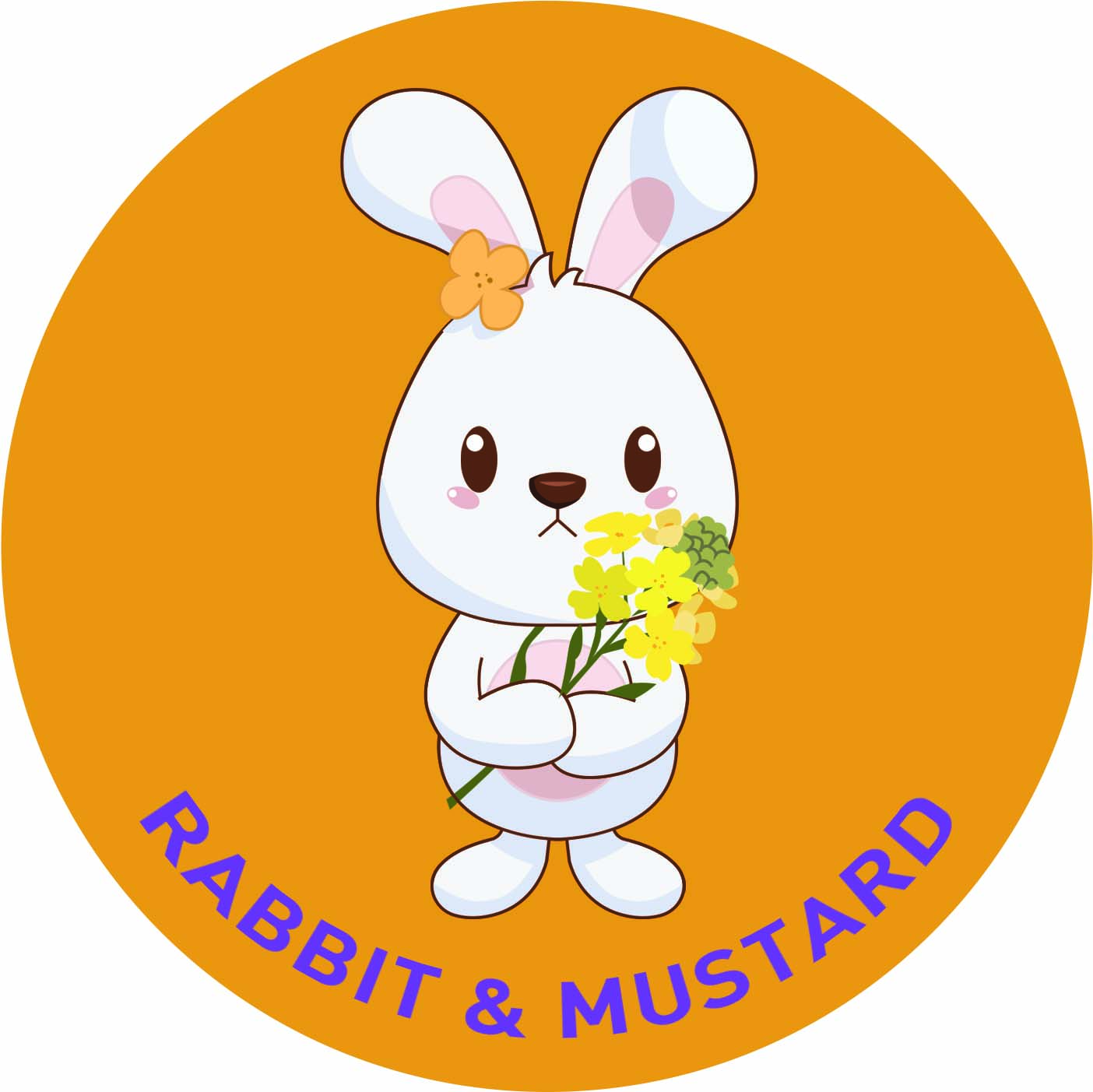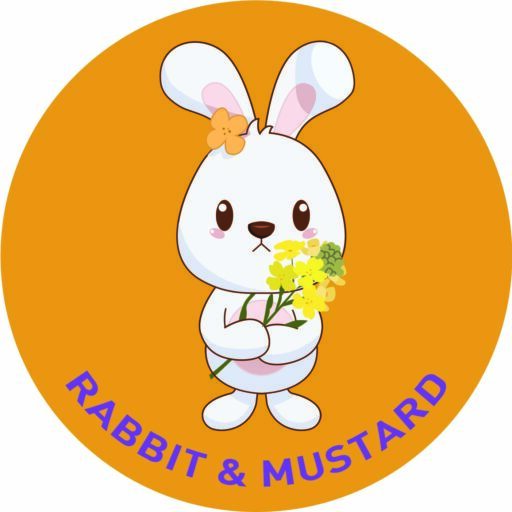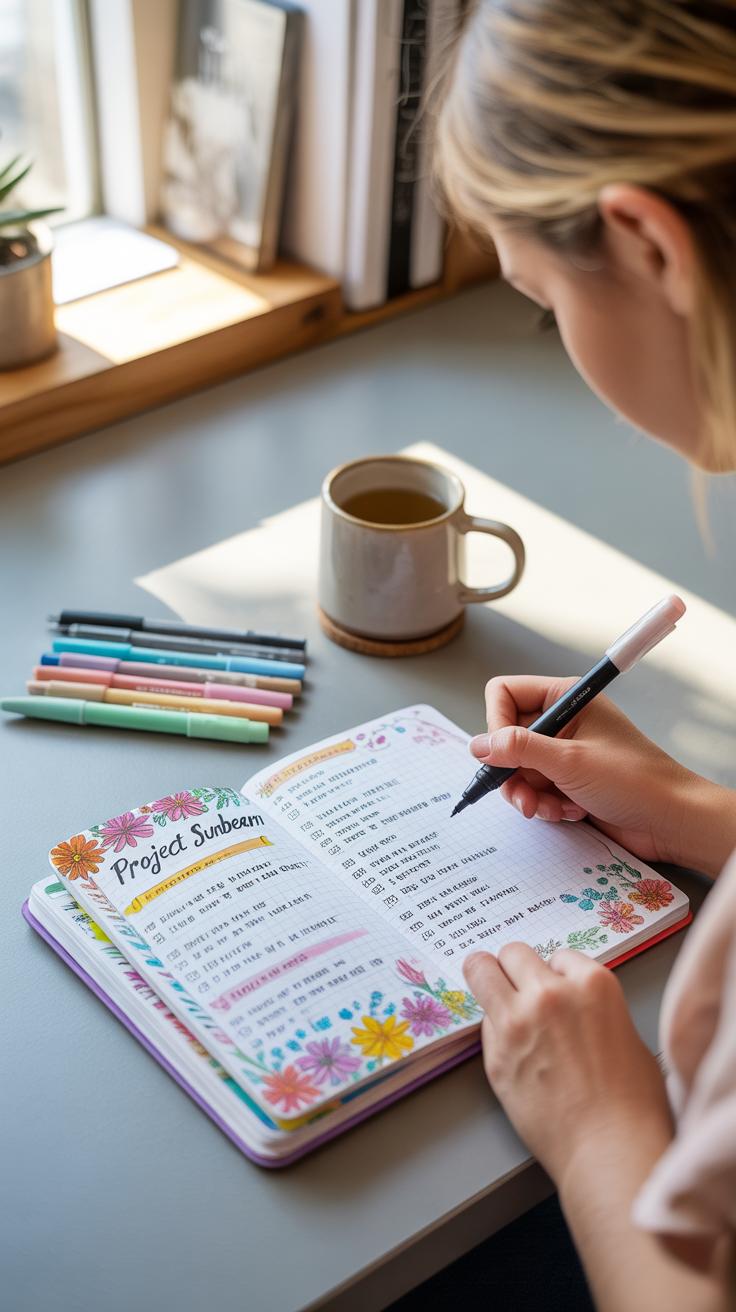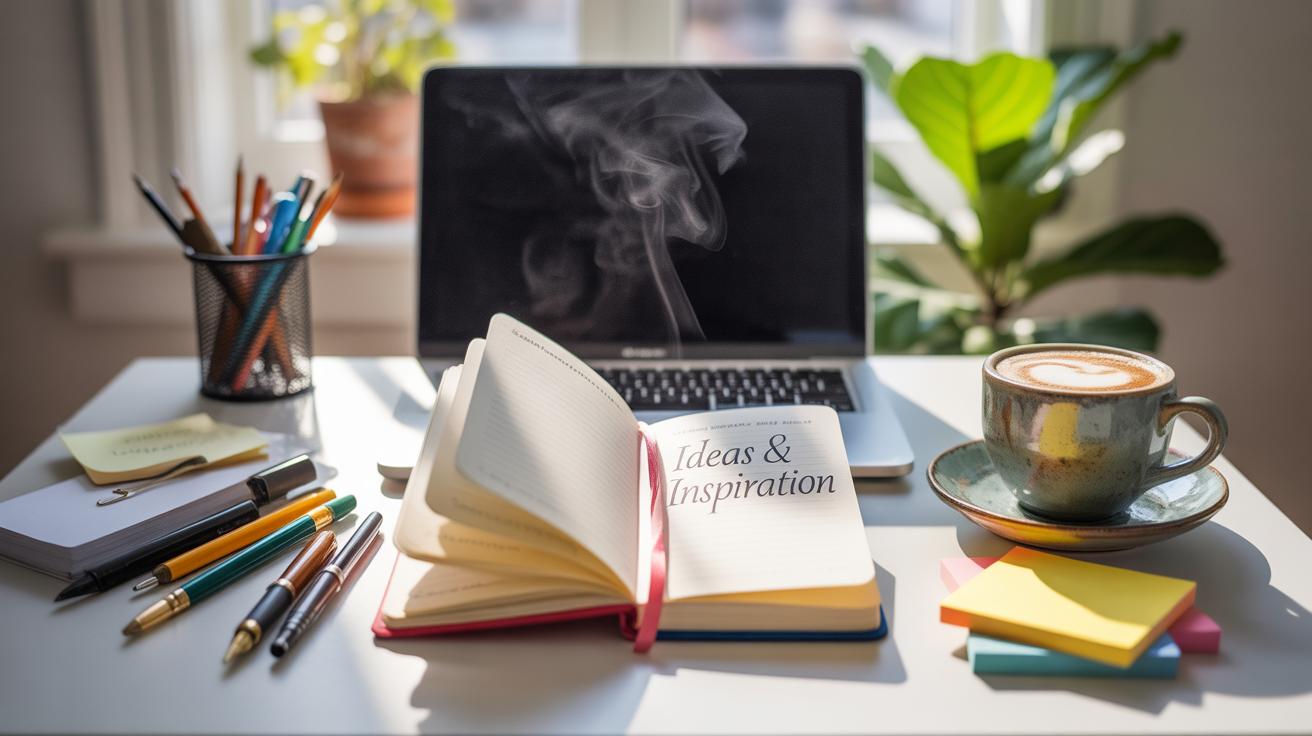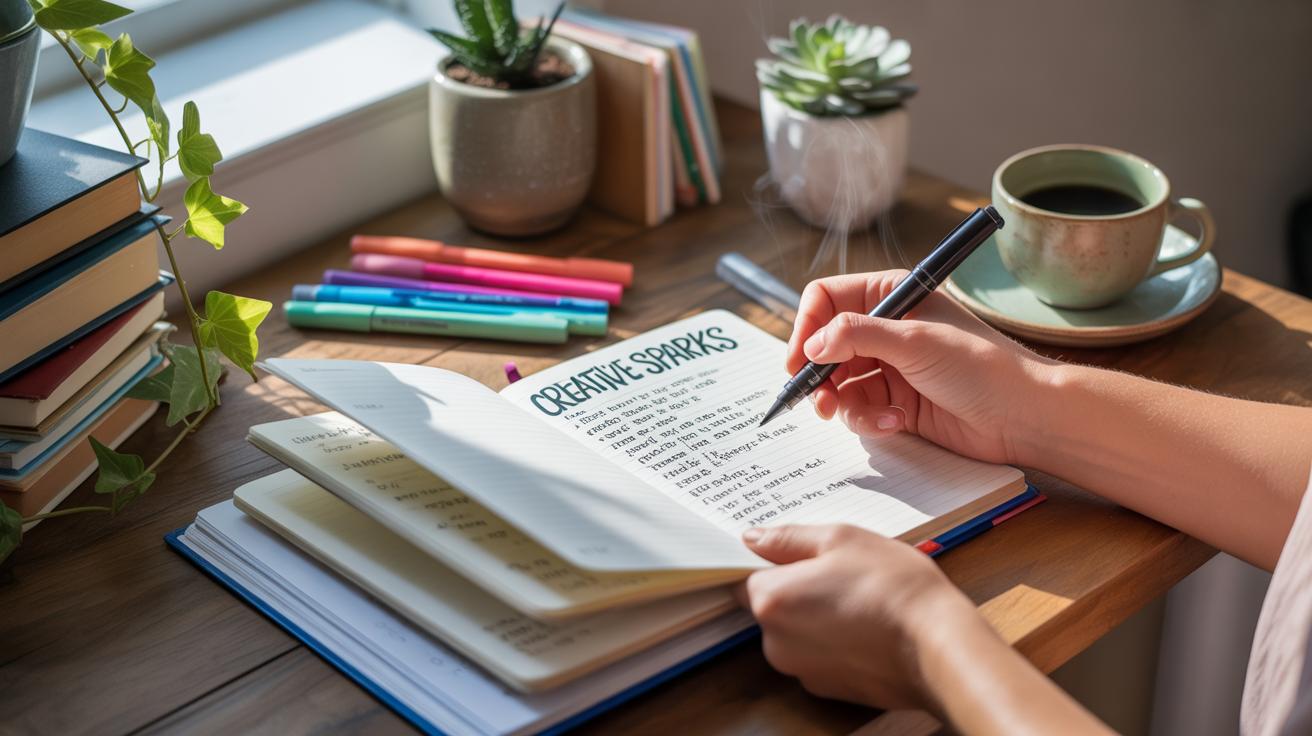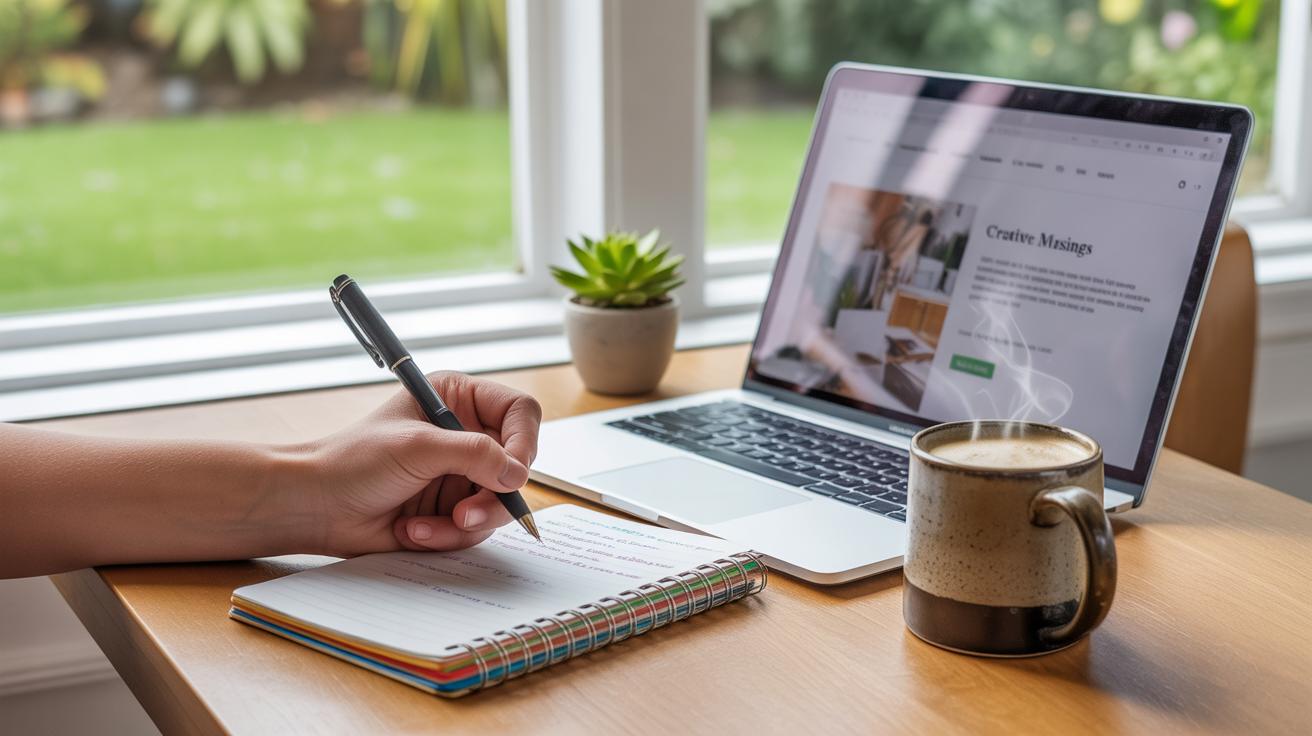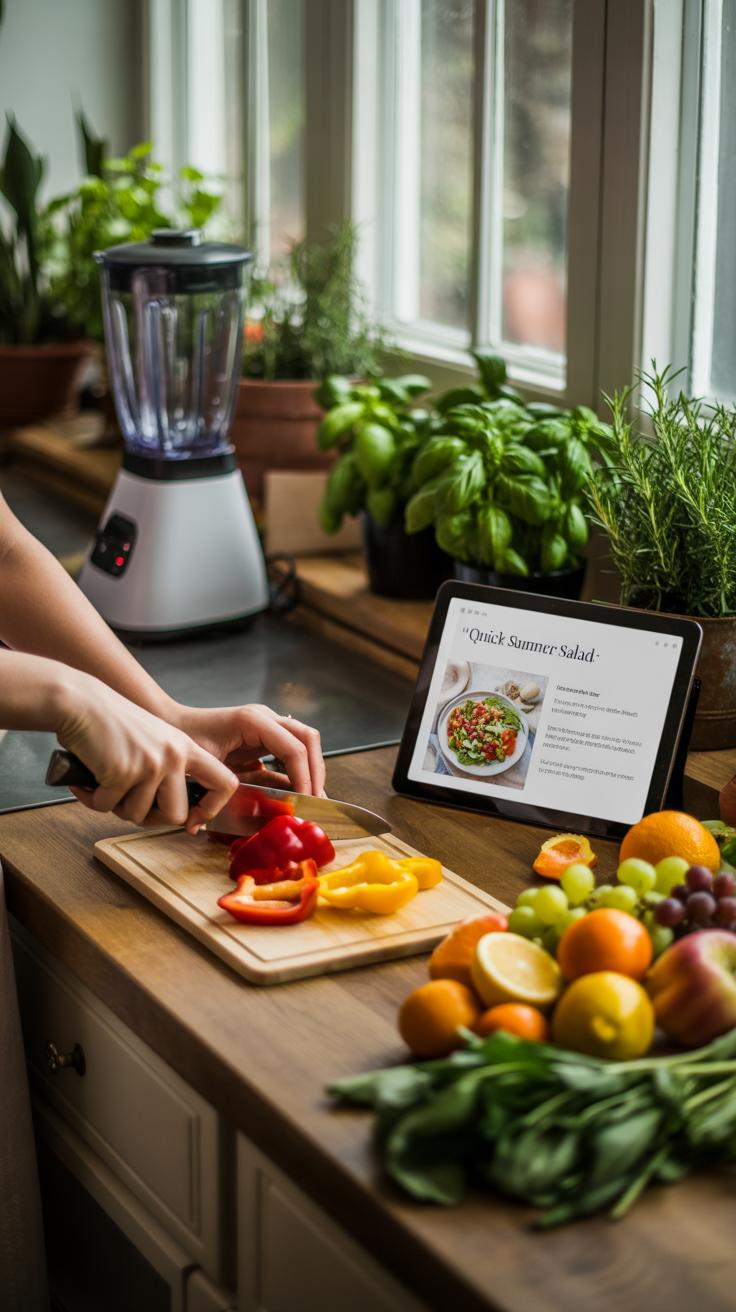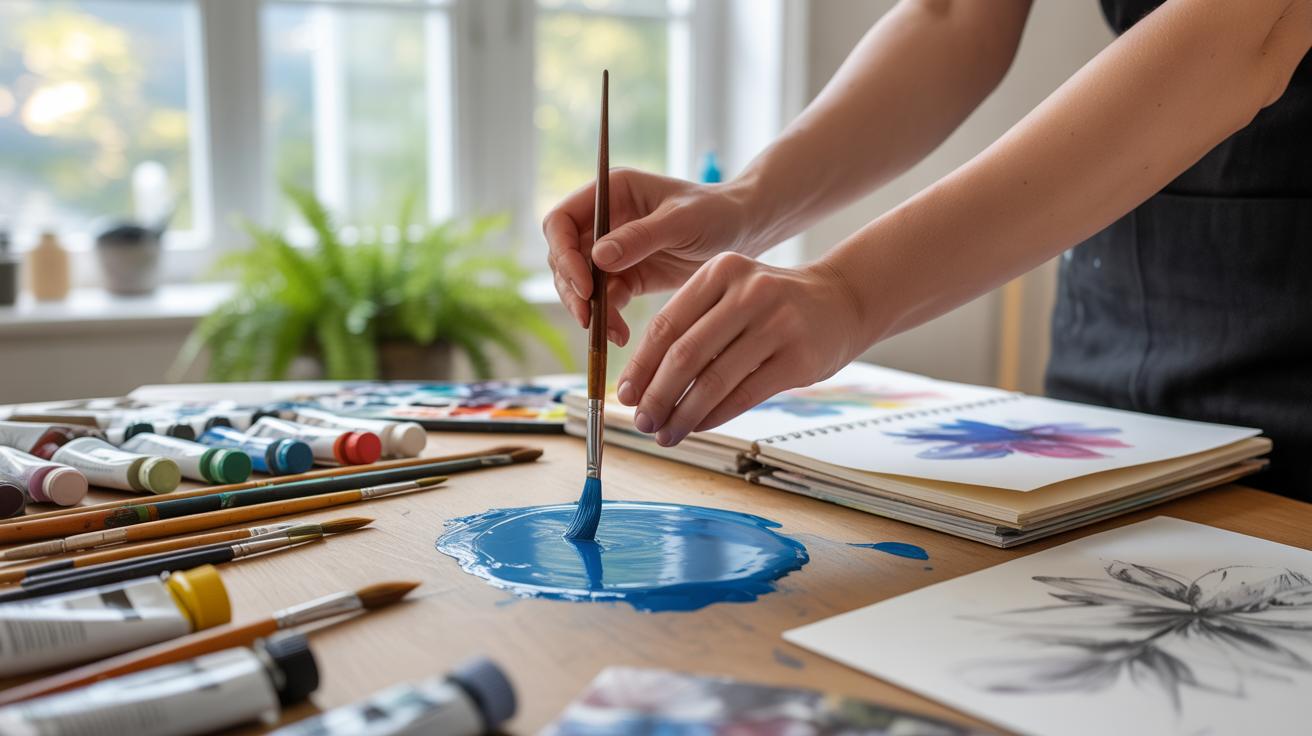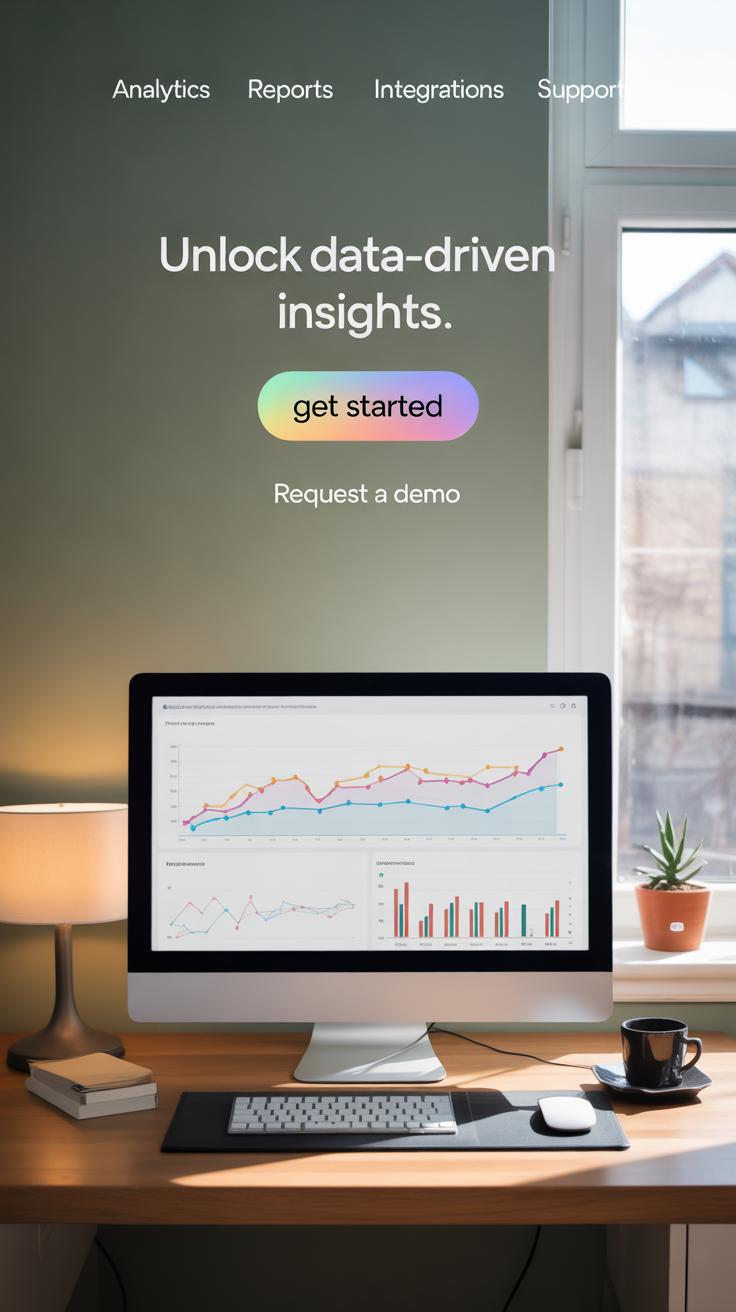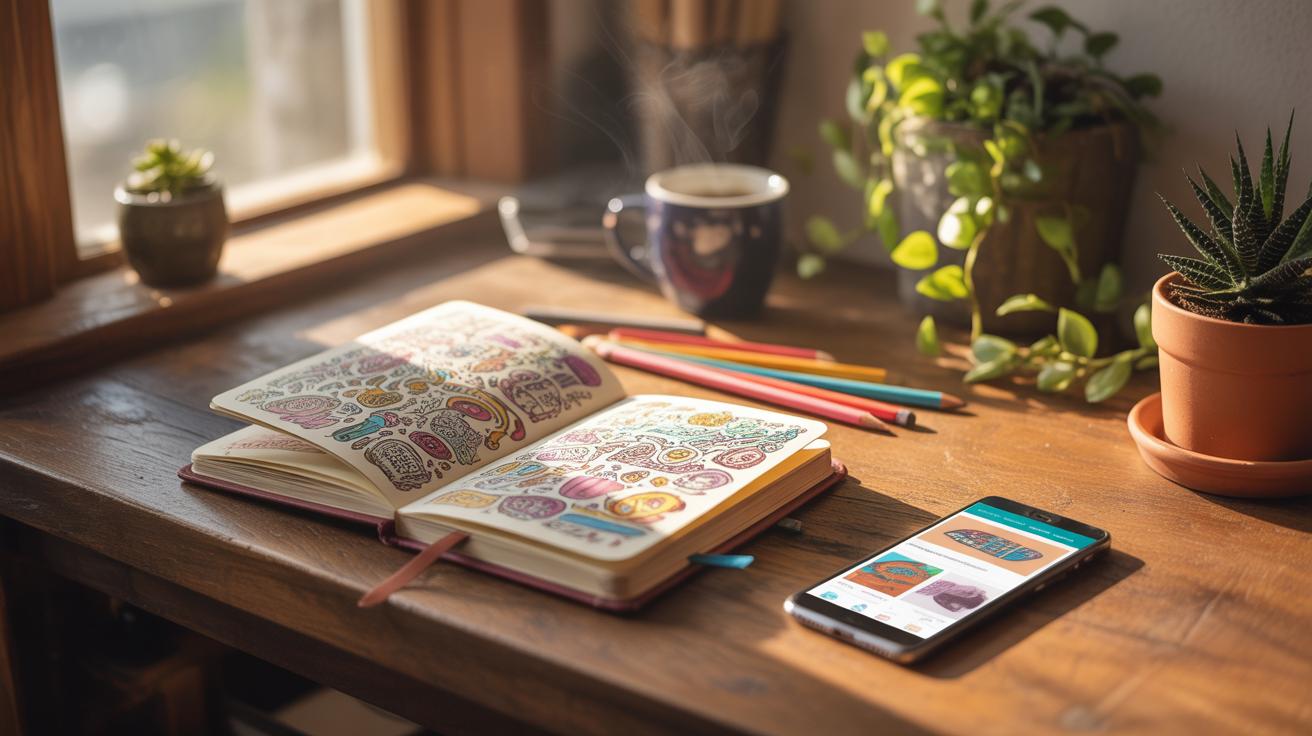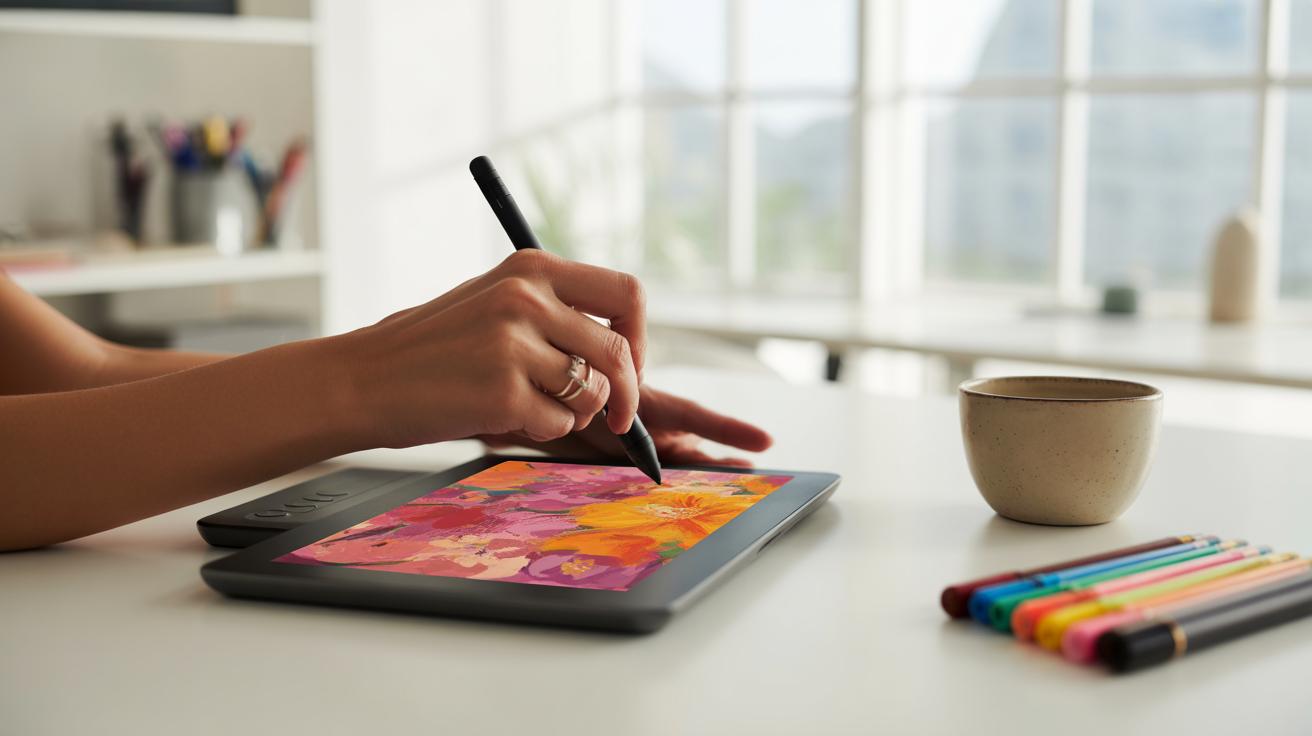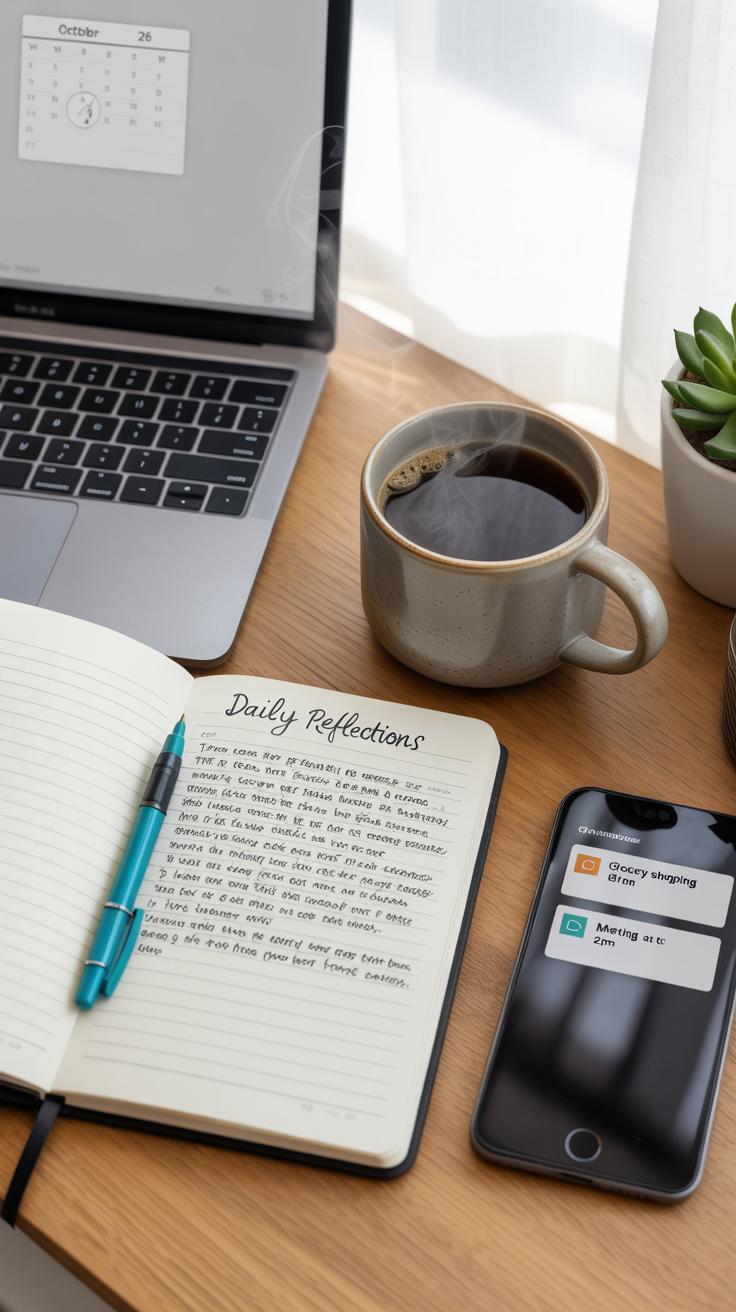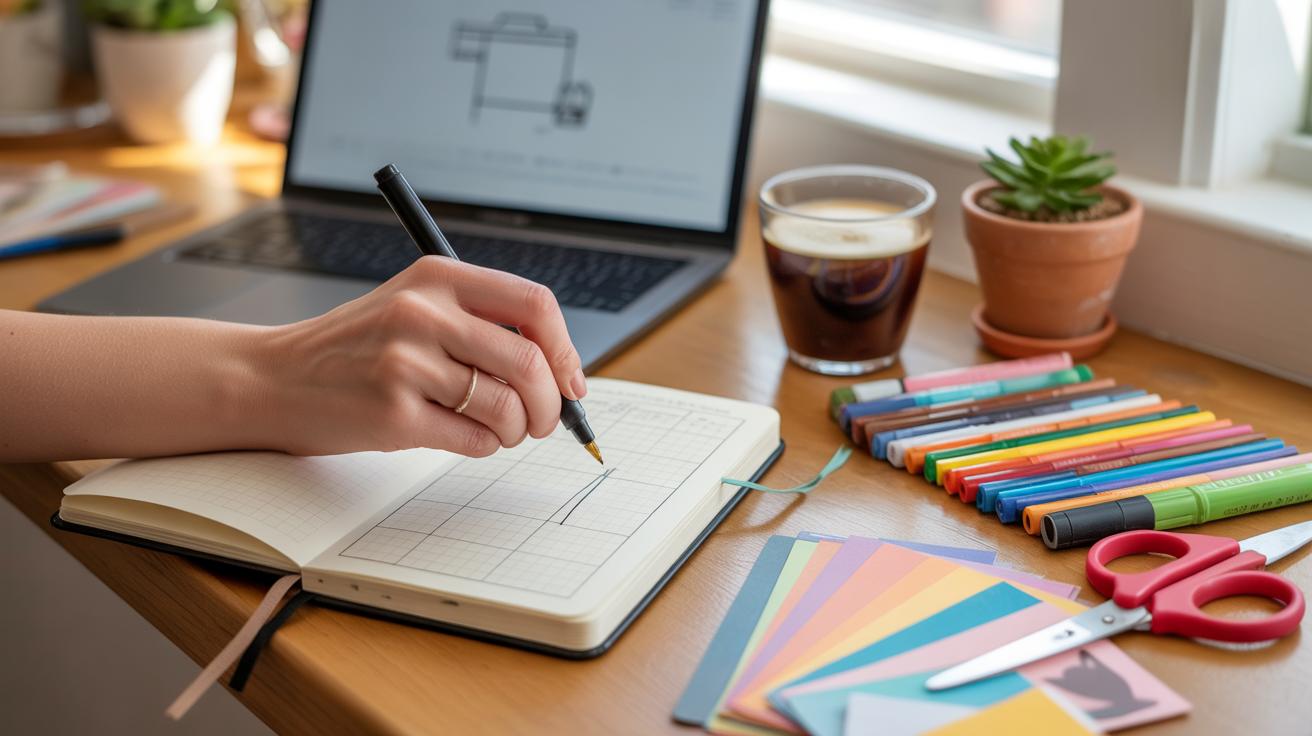
Bullet Journal Design Ideas For Your Creative Projects
Introduction
A bullet journal is a simple and flexible way to organize your life, plan tasks, and spark creativity. Many people use this method not just for scheduling but also as a creative outlet. This article explores bullet journal design ideas to help you make your journal both functional and personal.
From basic setup tips to creative page layouts, you will learn how to turn your notebook into a tool that fits your style and needs. Whether you want to boost productivity or express yourself through your journal, these ideas will guide you through the process.
Understanding Bullet Journal Basics
The bullet journal is a flexible method for organizing your life, created by Ryder Carroll, a designer who wanted a simple way to track tasks and ideas without getting bogged down in complex to-do lists. At its core, it’s a notebook that you customize to fit your needs, blending planning with creativity.
Its purpose goes beyond just scheduling. It’s a tool that can help you clear mental clutter, stay on top of projects, and even explore your creative side. Some people use it purely for productivity, others more as a creative outlet. You might find yourself switching between these uses—or both at once.
Some key parts make up a bullet journal:
- Logs: These include the daily, weekly, or monthly logs where you jot down tasks, events, or notes. They act as your main workspace.
- Calendars: These give you a broader overview of your schedule, which helps in planning ahead without forgetting important dates.
- Trackers: Trackers can be for habits, moods, water intake, or anything you want to monitor regularly. They encourage reflection and can show patterns you might not notice otherwise.
What I find interesting is how open-ended this system is—you create the parts you actually need. Sometimes, I start with the basics, then realize I need something extra, like a project page or a brainstorming spread. Do you prefer more structure, or do you like to leave room for spontaneity? The bullet journal lets you find your own balance.
Choosing Your Tools
Picking the right notebook feels more important than it might actually be. You’ll find dotted pages popular for bullet journaling because those subtle dots guide your layouts without forcing lines or empty spaces. Lined notebooks help if you prefer neat rows for writing, but they can restrict creative freedom a bit. Blank notebooks offer endless possibilities but demand more planning—no borders to lean on.
Most people end up choosing dotted for a reason, but really, it’s about what makes you comfortable. If you like drawing or freeform sketches, maybe blank suits you best. For structured lists or daily logs, lined might do the trick.
Now, about pens and markers—your choice changes the whole experience. Some swear by fineliners for their precision and no-bleed promise, while others prefer gel pens for smooth flow, even if they smudge a little. If you like color, try dual-tip markers that combine brush strokes with fine tips. They’re fun but can bleed through thin paper.
Also, think about erasable pens. I wasn’t sure at first, because erasing looks messy sometimes, but it saved me from frustration during busy weeks. Trying a few pens before settling can save you headaches later on.
Don’t overlook simple tools like a ruler or stencils. They add consistency without taking away creativity. What tools do you think would make your journaling easier or more enjoyable? Testing is part of the fun, so don’t worry about getting it perfect right away.
Setting Up Functional Pages
When setting up your bullet journal, practical pages come first. It’s tempting to jump right into decoration, but having a solid foundation helps keep things organized—maybe more than you expect. Start with pages that actually serve your daily life and tasks.
Basic doesn’t mean boring here. For example, create a **key page** where you define symbols for tasks, events, and notes. You can tweak this as you go, which makes your journal flexible. Another straightforward yet useful page is an **index**—even if it seems tedious, it’s a lifesaver when you fast-lose track of things.
Think about including:
- Future Log: a quick way to map out big dates, months ahead.
- Collections: a place for ideas, shopping lists, project notes.
- Goal Pages: with brief bullet points for motivation and focus.
These pages don’t have to be flashy or complex. Their value lies in how well they help you find things and stay on track.
Daily and Monthly Logs
Daily and monthly logs are the heartbeat of bullet journaling. For daily logs, a simple list format often works best—date at the top, tasks, events, quick notes underneath. Keep it loose so you can jot things down fast. You don’t need to plan every hour; just capture what’s important.
Monthly logs give a broader view: a calendar grid or list of days paired with key appointments or deadlines. If filling squares feels overwhelming, list days with brief notes beside them. What matters is that the month’s priorities stand out when you glance at the page.
One thing I noticed: daily logs can get long or messy fast if you don’t clear them at night. Try making a mini review to migrate unfinished tasks forward. It’s a small habit that really keeps you from drowning in half-done to-dos.
Task and Habit Trackers
Trackers bring accountability. Without them, habits and tasks blur into vague intentions. You can make trackers as simple as a grid or dots for each day—like ticking off when you drink enough water, exercise, or finish work segments. Over time, patterns become visible, which is oddly satisfying.
Tasks can be tracked differently too. For bigger projects, break down into steps and mark each as done. Seeing those check marks grow is motivating—maybe more than reminders or alarms ever were.
But be cautious: too many trackers can feel like extra work. Maybe pick just two or three habits you really want to change. Tweak your tracker as your priorities shift. There’s no single right way.
Adding Creative Elements
Using Color and Drawings
Color can change how you feel about your bullet journal pages, even if it seems simple. It doesn’t have to be a full-on rainbow explosion—sometimes just a few colored headers or borders do enough to make your pages pop. For example, I often use different colored pens to separate my tasks or highlight deadlines. It breaks the monotony and helps me find things faster.
Simple drawings, like tiny doodles or icons, can add personality without overwhelming your layout. Maybe a small sun next to a bright day or a little book icon beside reading goals. Nothing too fancy—quick sketches that feel doable even on busy days.
Could you try mixing bright colors for weekly spreads, but keep monthly pages more muted? That’s something I’ve fiddled with, and while it doesn’t always work perfectly, it keeps things visually interesting without becoming distracting. Experiment, but remember it’s your space, so if patterns start feeling like a chore, simplify.
Stickers and Washi Tape
Stickers aren’t just decorations; they can actually make your bullet journal easier to navigate. I use icon stickers for events, like a little plane for travel plans or a coffee cup for meetups. It’s faster than writing everything out and adds a touch of fun.
Washi tape plays a dual role too. You can highlight important sections by framing them or use strips to create tabs for quick access. Sometimes, I find that using washi to mark off a completed project section helps me feel a sense of closure—though, weirdly, it can also tempt me to overuse tape, making pages a bit cluttered.
When choosing stickers or tape, think about function first, then decoration. If a colorful strip helps you jump to tomorrow’s tasks quickly, it’s serving a purpose beyond just looking nice. But be careful not to add elements just because they’re pretty; your journal should still work for you, not only please the eye.
Organizing Creative Projects
Structuring your bullet journal to handle creative tasks requires some thought, mostly around how you want to capture and track fluctuating ideas and progress. You might want to split your journal into clear sections—say, a dedicated part for project planning and another purely for idea logs. That way, you won’t mix rough concepts with action steps, which can get confusing.
For project planning, try breaking down each creative task into smaller goals. Setting these goals on paper helps in seeing what’s doable, what feels overwhelming, and what you might be avoiding. Don’t hesitate to add space for notes or reflections next to these goals. Over time, that little habit shows you where your focus drifts or where you’ve stalled.
Keeping idea logs is about capturing inspiration without pressure. You could create a simple list, or maybe a free-flowing mind map. One thing I’ve found useful is tagging ideas by theme or mood—sometimes an idea doesn’t fit the current project but sparks something entirely new later. Think about adding sketches, quotes, or color swatches alongside your notes; these little visuals often kickstart your creativity when words fail.
Some find it helpful to revisit and reorganize these logs regularly. Others prefer letting them sit untouched, almost like a quiet reserve of potential. Which style sounds more like you right now?
Incorporating Mindfulness Pages
Your bullet journal can be more than a planner—it can also be a quiet corner for your mental well-being. Adding mindfulness pages helps bring calm and clarity to your daily routine. These pages don’t have to be elaborate; even a simple layout with space to pause and reflect can make a difference.
Think about including a small section where you jot down a calming phrase or note what you’re feeling in the moment. Sometimes, just noticing your breath or writing a few words about your stress level shifts your mood. You might want to leave room for doodling or sketching—anything that encourages presence.
It’s okay if you don’t fill these pages every day. The goal isn’t perfection but gentle engagement. Over time, it becomes this quiet habit that, I think, helps anchor your mind when things feel scattered. What kind of mindfulness would suit you best? Experiment with short meditations, daily check-ins, or even lists of things that ground you.
Mood Trackers
Mood trackers are a straightforward way to capture your emotions day by day. You can create them as grids, color-coded charts, or even small illustrations representing your feelings. The key is making the system personal enough that you want to come back each day.
For example, assign colors to emotions like happy, anxious, tired, or calm—simple choices that reflect what you experience often. You could use a monthly calendar spread, where each day gets a small color block, or design a shape like a circle or heart to be filled in gradually.
Tracking moods often reveals patterns you might miss otherwise. You might notice how certain tasks or social interactions affect you without realizing it at the moment. This awareness, while subtle, can change how you approach stressful days or help you celebrate good ones. But don’t let perfection get in the way—some days may be left blank, and that’s fine too.
Gratitude Logs
Gratitude pages invite you to focus on the positive, even when life feels overwhelming. These pages usually consist of daily or weekly entries where you list things you appreciate. Creating them in your bullet journal encourages regular reflection and can boost mood.
Design your gratitude log in the way that feels most natural. Maybe it’s a simple list, a jar you draw and fill with notes, or small boxes to write one thing each day. Sometimes I like to add little doodles next to each gratitude item—it makes the page feel lighter.
Gratitude logs don’t need to be long or complicated. Even a few words a day shift your mindset just a bit. It can be tricky to keep up when times get tough, but those are the moments when revisiting your gratitude pages feels surprisingly helpful. What do you find yourself grateful for right now, if you stop to think about it?
Exploring Different Journal Styles
Choosing a bullet journal style can be surprisingly personal. Some people prefer a look that calms their mind, while others want their pages to reflect a burst of creativity. It’s not just about how it looks but also how it feels to use. You might find yourself drawn to one style, yet feel a pull toward another, which is okay—journaling is flexible like that.
Minimalist Style
The minimalist style strips your journal down to basics—clean lines, lots of white space, and simple fonts. It’s perfect if you want your pages to feel uncluttered. Think of it as a space that avoids distractions, so your focus isn’t taken away from tasks or thoughts.
People who prefer this style often find it helps with clarity, especially if their days feel overwhelming. You can use just a few markers or a single pen. Straightforward layouts like simple grids or lists rule here. It’s tempting to add flair sometimes, but the minimalist approach resists that urge. That said, you might want to experiment with subtle touches like light shading or delicate headers—that’s okay too.
Artsy and Doodle Style
This style invites you to put more of yourself on the page—drawings, colors, and little sketches that make your journal feel alive. If you like to let your hands wander or if art helps you think, this might be the way to go. Filling up pages with doodles or hand-lettered quotes can turn your bullet journal into a personal canvas.
But beware, sometimes the desire to decorate can slow down your journaling or make it feel like a chore. It’s a balance, really. You don’t have to fill every page with art; even small, spontaneous doodles can add character without overwhelming your content. The key is to use creativity to support your projects, not distract from them.
Tips For Consistent Journaling
Making bullet journaling a regular part of your day isn’t always easy. You might start with enthusiasm, but then days slip by, and before you know it, the journal remains untouched. So, how do you keep at it without feeling like it’s a chore?
One approach is to tie journaling to something you already do daily. For example:
- Journal right after your morning coffee, when your mind’s still quiet but alert.
- Use your lunch break for a quick check-in with your journal, even if it’s just a few notes.
- Set a timer for five minutes before bed to jot down thoughts or plan for tomorrow.
Linking journaling to an existing habit builds a natural rhythm. But, don’t force yourself into a rigid schedule if it feels restricting. Sometimes scribbling a few lines while waiting for a train or during a break feels more genuine.
Keeping motivation high can also be tricky. One thing I found useful is switching up your layouts or themes. If your journal feels stale, your interest might wane. But when you experiment with new spreads or add little doodles, it becomes more fun—almost a creative playground.
And don’t overlook the reason you started. Remind yourself why the journal matters. Is it to stay organized? To capture ideas? When you reconnect with that purpose, journaling feels less like an obligation and more like a personal conversation.
Still, some days you might skip pages—that’s okay. In fact, it’s almost normal. The key is to pick up again without guilt. Does your journal reflect that ups and downs too? Maybe it should.
Conclusions
Bullet journals offer endless possibilities for creativity and organization. Using the design ideas shared in this article, you can shape your journal to match your daily tasks and creative projects. Remember, your bullet journal is a personal space; make it work for you.
Start simple, explore different styles, and add elements that inspire you. With practice, your bullet journal becomes a unique tool that helps you stay organized and motivated in all your creative endeavors.
